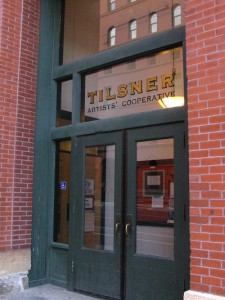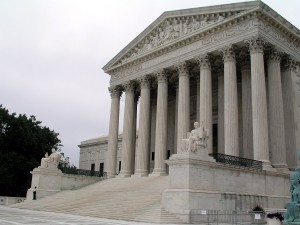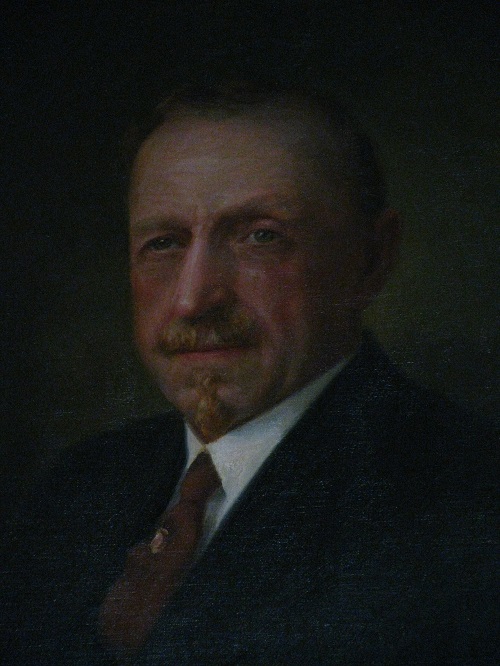The Consumer Financial Protection Bureau (CFPB) proposed a rule last week aimed at curbing predatory payday lending by requiring lenders to take steps to ensure that consumers can repay said loans, and also to cut off repeated debit attempts that rack up fees against the borrower. The CFPB referred to such loans as “debt traps,” due to the fees and penalties that users may not be aware of. Fees can be assessed for either extending the loan or defaulting on it. Since the loans are recouped directly from bank accounts, bank overdraft penalties are another common result. These fees add insult to the injury in that such lenders may be charging interest fees of 300% or more. The CFPB proposal brought attention to the plight of the vulnerable consumers that take out these payday loans and get caught in the debt cycle, but it also highlights the plight of those who decide to use such loans in the first place. Opponents of this proposal pointed out that these loans serve people that might have few if any alternatives otherwise, so the question becomes whether or not these loans are a helping hand or “predatory quicksand.” Read the entire CFPB report here.
The issue of payday loans is not new in Minnesota. Minnesota’s payday loans statute requires lenders to check the credit history of their customers, and limits such loans to only four per customer within a year. Last fall the Minnesota Supreme Court upheld the state’s payday lending law, which curbs high-interest, short-term loans. In State of Minnesota vs. Integrity Advance LLC, the Court held in a suit brought by the Minnesota Attorney General that MN Statutes §47.60 and §47.601 are not violations of the commerce clause, because they only regulate commerce within the state. Here is how Minnesota law compares to that of other states in the regulation of payday loan services.
If you are considering taking out a payday loan, read this fact sheet from the Minnesota Attorney General’s office first. If you have found yourself ensnared in a “debt trap” that started with a payday loan, there are some legal resources you might turn to. Pro bono organizations like Volunteer Lawyers Network (VLN) can offer debt collection defense for qualified individuals. If you are currently facing collection efforts brought against you in Conciliation Court, you may be eligible to speak to an attorney through our Housing and Conciliation Court clinic.









